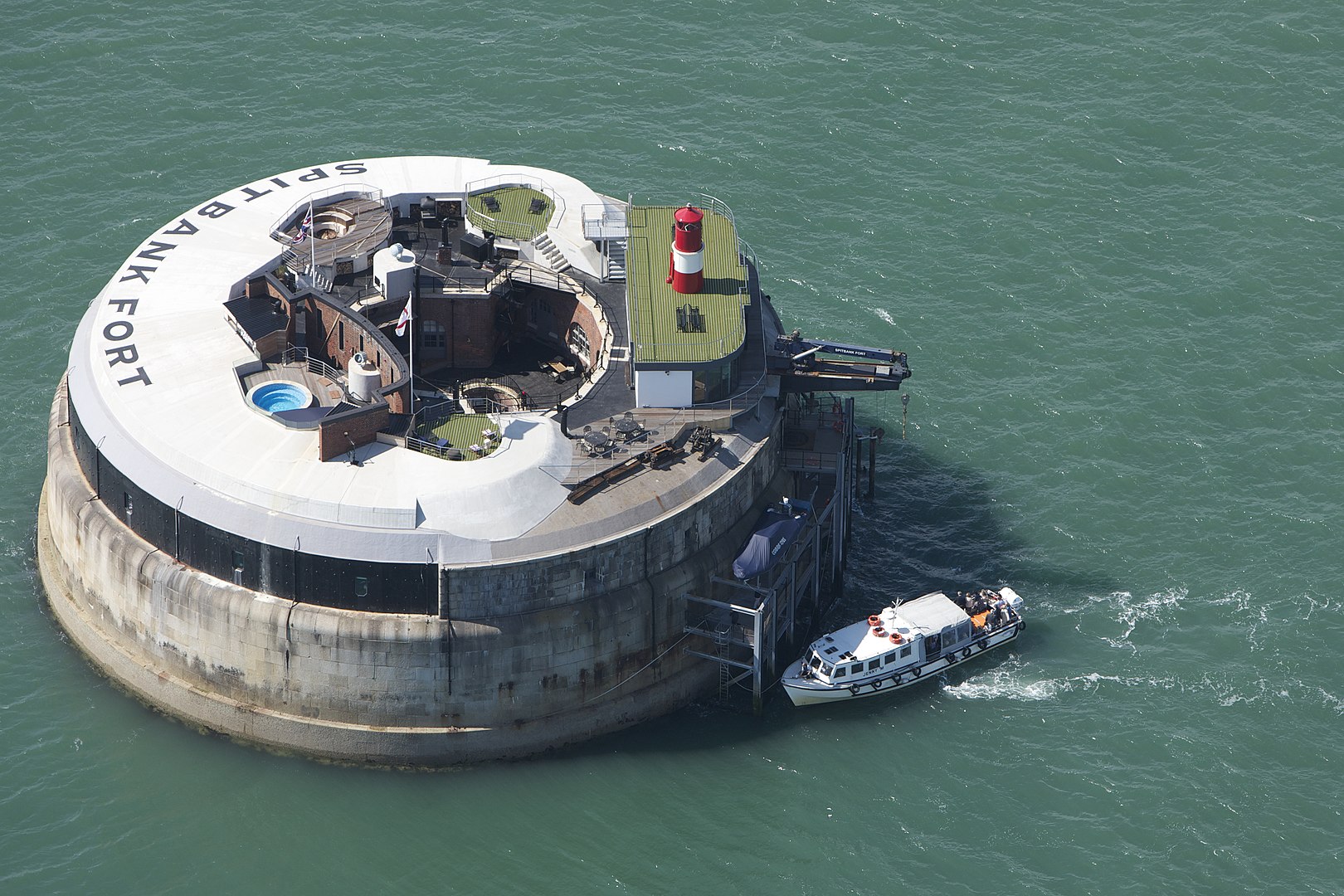26.11.2019, 14:14
Consolidating Building Data Under One Roof
Matthias Mosig, Real Estate Consulting & Advisory for TÜV SÜD Advimo, looks at how one elite European university institution is using computer-aided facility management (CAFM) systems following its relocation to one of the continent’s largest campuses.
Computer aided facility management (CAFM) systems are to provide and centralise up-to-date building-related data – the primary reason for the introduction of a CAFM system at one of the largest new university buildings in Europe – where connectivity to existing IT systems also provided an opportunity for time and cost reductions (relating, primarily, to the management of rooms, maintenance planning and process documentation).
The Big Challenge
Implementing a suitable CAFM system in a university is a challenge itself due to the large number of different lecture halls, seminar and administrative rooms and the therein installed complex technology. This is particularly true when the project is introduced alongside other planning, construction and relocation initiatives, and the new campus comprises premises of approx. 100,000 m2 with six buildings that set new technological standards and thus are to promote the competitive advantage in the field of education. For this purpose, TÜV SÜD Advimo optimised the organisational structures, defined the requirements for the CAFM system and supported the university during tendering and implementation.
The CAFM system was required primarily to facilitate use of lecture rooms and venues, project zones and offices, but also had to accommodate commercial areas in a more efficient and flexible way. Additionally, it the remit included accommodating inventory including modern learning technology such as smartboards and video beamers. For this purpose, experts initially had to clarify the data structure grown in the old building complex. Important information and key figures were spread across Excel tables, e-mail inboxes and partially self-developed applications. This led to a lot of manual maintenance work and to duplications and gaps in the data structure. These data structures as well as business processes and SAP, MS Office, Access and CAD applications had to be replaced, restructured or merged and thus standardised.
Central IT system instead of isolated solutions
It soon became clear the introduction of the CAFM system was a small part of a larger project, as all users – students, employees, FM and HR departments up to the president’s office – were to be provided access to service and FM data relevant to them (e.g. for booking lecture halls and to access important key data) via a standard user interface and by means of specialised IT solutions. Furthermore, external service providers were to be better integrated.
Since all these requirements could only be achieved by relying on the university’s central IT system architecture, consultants developed additional interfaces for the CAFM connection. The specialist of TÜV SÜD Advimo, former cgmunich GmbH, furthermore established new cost structures and adjusted technical, infrastructural and commercial processes.
The integration technologies ensured that the CAFM system incl. CAD connection is now connected to SAP and further special systems required for the everyday life at university.
In addition to detailed analysis and concept design, two prerequisites were crucial for the project’s success:
1. Professional project management skills
The relocation of the entire university required setting up new lecture facilities and infrastructure to support learning and staff – including computer centres, student services, canteens, libraries, and a gymnasium. The CAFM system was therefore required to support the management and operation of a mixed-use campus covering almost 40,000 sq. metres.
The new buildings were meant to be exemplary and sustainable in every aspect: ecologically e.g. thanks to energy supply by means of thermal usage of the groundwater; socially, thanks to a tactile guiding system for visually impaired people on the complete campus; and, of course, economically, thanks to cost efficiency and savings.
Without profound project management and professional project planning and processing, the success of such an undertaking wouldn’t have been possible. This applies even more since planning and processing depended on on-going processes and decisions within the various planning and processing periods of the new building and needed to remain flexible.
Important concept design phases were the recording and analysis of existing processes (What exists? How does it work?), the definition of optimised target processes (What is needed? How should it ideally work?), and adjustment to future operating concept. Furthermore, the TÜV SÜD Advimo employees assumed the definition of criteria and applicants management of as well as accompanied the EU-wide tendering for a suited CAFM system. Special focus was placed on whether the CAFM systems were suited for interfaces and could be flexibly modified.
Further steps were the implementation, data transfer and comprehensive tests as well as the step-by-step activation of the CAFM software in the framework of the moving into the new university campus.
2. Listening to, and involving, end users
Fundamental for the success of concept design and project management were the early and structured involvement of all user groups as well as transparent processes. Often the low acceptance of CAFM systems is the main problem during and after their implementation and it isn’t uncommon that this is the reason why projects fail.
From data collection and planning up to implementation and introduction, all user groups were closely involved. This was the only way to achieve the desired effectiveness and an increased customer satisfaction. This included a detailed information and training concept, which was implemented together with the software provider.
Employees often find it difficult to comprehensibly describe workflows to outsiders. However, this is a prerequisite for successful recording and revision of processes. This is why the experts collected existing data and processes by means of checklists and detailed interviews so that no important data is lost. Subsequently, responsibilities were clarified and so-called process owners defined. This made responsibilities transparent for everyone and depictable within the CAFM system for the IT employees.
Since the different user groups were involved in a structured way and at an early stage, the new solution was highly accepted. Thus, the system could be activated parallel to the relocation just as planned.
Benefits
Since the introduction of the central data pool and a reduction in duplicated, manual maintenance work, all user groups have benefited. Up-to-date and high-quality data can be accessed a lot faster. And the knowledge is now centrally stored. This means, it is not kept by a single person, but can also be accessed when those responsible are on sick leave or on vacation.
Facility Management is also benefiting as external FM service providers have access to relevant data and can document the fulfilment of their operator obligations thanks to the integrated CAFM. This facilitates the cooperation for both parties. Data can be updated via mobile devices during works and inspections.
Automatic reminder functions help to keep an eye on warranty and inspection deadlines for lifts or refrigeration and air conditioning technology. The fast, central, transparent and safe access does not only facilitate the exchange, documentation and coordination of data, but also reduces possible duplicate work and waiting times.
The system facilitates the FM department’s work also in other aspects: It supports work and service provision processes up to contract and maintenance management, increases operational safety thanks to documentation, prevents wrong or double occupancy and supports quality management.
The employees have a better overview and can draw up reports much quicker after inquiries. Cost drivers can be easier identified in building management thanks to increased transparency, warranty defects can be easier and more stringently followed up and price transparency and comparability is easier.
Managers and employees can access data and reports from an always up-to-date data pool quickly, easily and in a more transparent way. They can be simply retrieved for presentations and informed decisions at any time. Costs are reduced thanks to reduced management, coordination and planning efforts during operation and faster processes. Furthermore, it is now easier to set benchmarks. Internal costs can be tracked and allocated a lot better and users become more resource and cost-aware.
For investors it is important the university is now working in line with the latest standards, in a network as well as resource and energy-efficiently. It is thus an example for other buildings of these dimensions. Thanks to flexible planning during the construction period there were no frictional losses due to rescheduling. The project was implemented on time within the set cost frame and will also save resources in the future.
Management, students and university staff can now easily access all important services via one unified user interface. Among others, central room and media booking is now linked and possible thanks to the CAFM system.
For the IT employees it is of importance that the chosen software can be easily extended and adjusted to new requirements. This facilitates their work and allows them to continue working independently. If needed, support is provided quickly and flexibly by the software provider.
Conclusions: comprehensive, flexible and budget-friendly
Careful concept design including numerous interfaces, professional project management and early involvement of all user groups is paying off: fast, central, transparent and safe access to data facilitates exchange, documentation and coordination. Moreover, it reduces possible duplicate work and waiting times. In particular, the cooperation between the various user and maintenance groups as well as the access to facility management data have clearly improved. The rooms are used more efficiently and flexibly.




